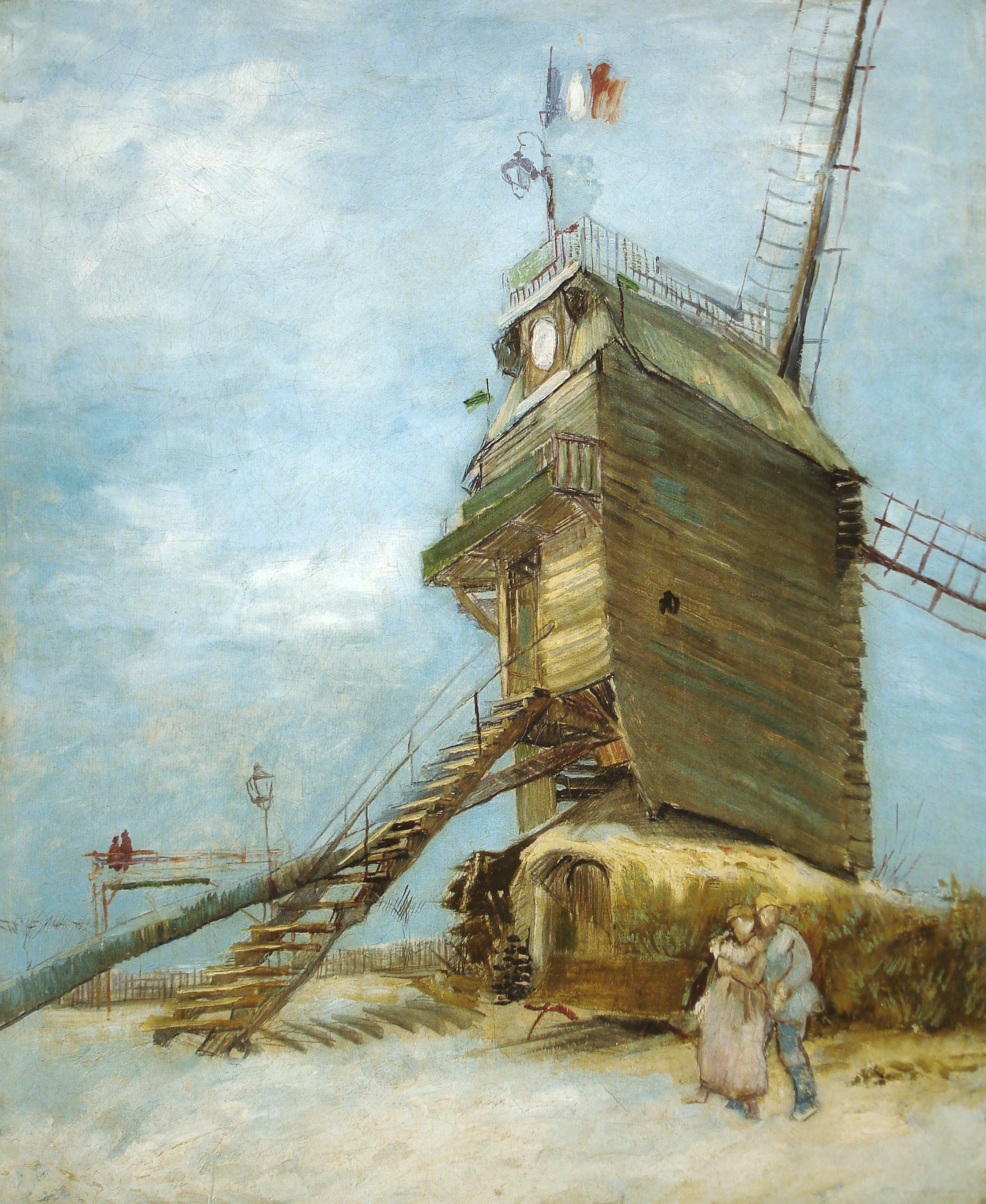Closing Remarks
Balance, Nuance, and Patience

I'm writing to you in great haste, I assure you that there's a lot involved in compositions with figures, and I'm very busy. I assure you that there's a lot involved in compositions with figures. ... It's like weaving... you must control and keep an eye on several things at once.” -Vincent van Gogh, to Theo van Gogh, October 8, 1882.
Up until this point in the creation process, our focus has primarily been on spaces of opportunity, how they may be leveraged, and understanding as much as possible so that we may make the most informed decision. At this point, we are transitioning into the actual execution phase of innovation, considering tools and resources at our disposal, and how they may shape our strategies.
In doing so, the need for balance and "keeping an eye on several things at once" becomes paramount to the innovation process, as this begins a period where there can be a tendency to fall into the rush of execution, especially given the time and effort spent in all of the preliminary research up until this point. Just after this point, you (and your organization) may feel compelled to get a Beta into the market as soon as possible, which is certainly understandable.
I mention this "pull" now because we are now in (or rapidly nearing) the point in the process where we are likely down to three or so potential "Tier 1" strategies or a tightly defined space, and we may have been responsible to present those to management or other areas in the organization to be vetted, approved, etc. What works in your favor is that you likely have deep research and have found some appealing short- and long-term opportunities... yet, this same fact can also work against you, as the more appealing the strategy, the more excited and impatient all involved become. While you may have been able to get away with the classically sheepish insight line, "We're exploring some interesting opportunities," those opportunities are now likely "out in the open" in the organization, and the clock begins ticking.
This is dangerous namely because it can have the tendency to close you from opportunities not within the current capabilities and competencies of the organization, as going outside the current competency footprint of the organization to find partners, resources, suppliers, and agencies to work with you on an emergent project can, in and of itself, be daunting. The greater the pressure of the pull, the more apt we are to revert to those lower-hanging strategies we know the organization can execute currently.
There is absolutely nothing wrong with this, but we need to have a level of consciousness and awareness as to the strategic decisions we make and why. If we consciously make the decision to pursue shorter-term, more near-field strategies, that is certainly a valid strategy - - as long as we do so in a well informed and purposeful way.
The Weaving of Strategy
This is indeed also the point which, in my opinion, differentiates the basic strategies from the great. Basic strategies tend to be a bit of an awkward fit, those which are not conscious of context, fit, or how well they may be executed in practice. These are the impractical, the carbon copies, the generic. These are the strategies which may sound lovely on a white sheet of paper, but meet very real limitations in practice.
On the other hand, the great strategies are those which, to the casual observer, are almost insultingly simple. You may explain them in a sentence or two to the unacquainted in your organization, and you may be met with a blank stare and something along the lines of, "We should have been doing this five years ago." Those are indeed some of the best strategies, as they fit, reinforce, and leverage the organization as it stands today while creating the trajectory of what the organization desires to be tomorrow.
No strategy for innovation can truly be great without a deep understanding of the organization, for it is the organization which acts to provide form and context to the strategy. Needless to say, one can only imagine that if the organization has this much influence on the strategy, that the actual tactics of executing the strategy–be the product design, messaging, marketing, or otherwise–are that much more dependent on the organization.
For all of these reasons, we are now entering the "weaving" phase of our offering and strategy, as we will be simultaneously considering strategies, tactics, offerings, messaging, research design, and more as we enter Beta. Needless to say, like van Gogh's letter to his brother, "you must control and keep an eye on several things at once."
Luckily for us, the goal is not to get it right on the first try, but to iterate and test the offering until we do.
Adding Another Layer of Depth To Our Strategy
To refresh ourselves, our goals for this week's Lesson are to:
- discern the functional and cultural competencies of the organization;
- deconstruct an organization to understand core competencies and how they may be leveraged in innovation platforms;
- create and modify strategies depending on organizational contexts.
To these ends, this week's assignment will closely examine how our strategies may be woven in different ways depending on organizational context.